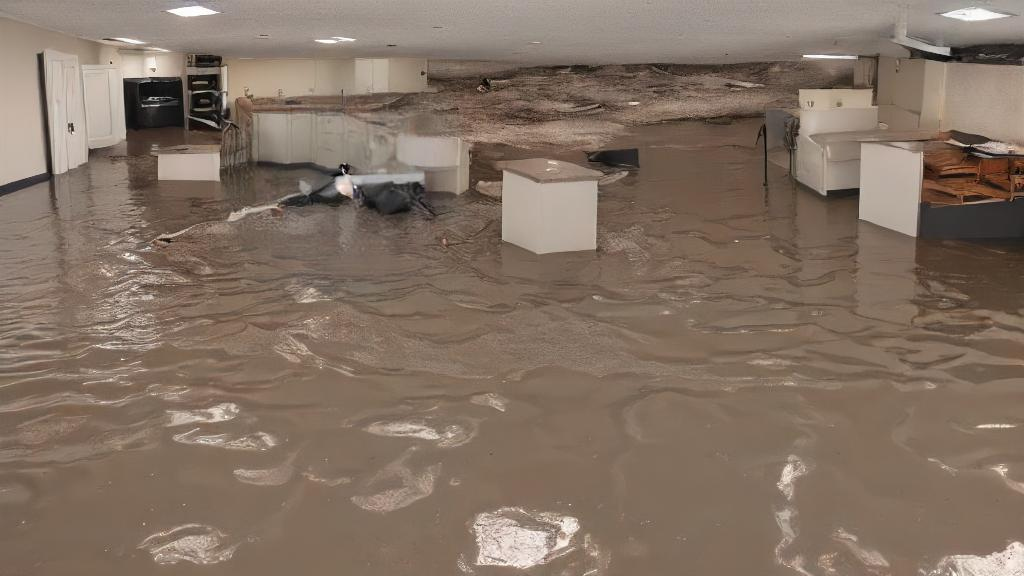Sun, surf, and endless summer – San Diego offers a picture-perfect lifestyle. But even paradise isn’t immune to the occasional downpour or plumbing mishap. When water strikes your home, it can quickly turn your dream into a nightmare. Water damage restoration in San Diego requires swift action and informed decisions. This comprehensive guide equips you with the knowledge to navigate the restoration process effectively, minimizing damage and restoring your home to its former glory.
The Enemy Within: Understanding Water Damage
Water damage isn’t a singular entity. Different types of water pose varying threats:
- Clean Water: This refers to water from broken pipes, overflowing appliances, or rainwater leaks. While less hazardous than other types, it can still lead to extensive structural damage and mold growth if left unaddressed.
- Gray Water: This originates from dishwashers, washing machines, or bathroom sinks. It may contain bacteria and pathogens, requiring additional disinfection procedures during restoration.
- Black Water: This is the most hazardous, originating from sewage backups, toilet overflows, or floodwater. It carries a high risk of disease-causing organisms and requires specialized cleaning and remediation techniques.
The extent of damage depends on the type of water, the duration of exposure, and the materials affected.
Also Read: Water Damage Restoration San Diego CA
Taking Action: What to Do When Water Strikes
The clock starts ticking the moment water enters your home. Here’s how to react:
- Stop the Source: If possible, identify and shut off the source of the water leak. This may involve turning off the main water valve, unplugging appliances, or clearing clogged drains.
- Contain the Spill: Limit the spread of water by using towels, mops, and buckets.
- Minimize Further Damage: Turn off electrical power at the breaker box to prevent electrical hazards. Remove area rugs and furniture from affected areas.
- Document Everything: Take pictures and videos of the damage before you begin any cleanup. This will be crucial for insurance claims.
- Contact a Water Damage Restoration Professional: Don’t attempt DIY restoration for extensive damage or black water contamination. San Diego boasts a range of reputable restoration companies offering 24/7 emergency services.
Choosing the Right Water Damage Restoration Company in San Diego
With numerous restoration companies in San Diego, selecting the right one is critical. Here are some key factors to consider:
- Emergency Availability: Water damage doesn’t wait for business hours. Look for a company offering 24/7 emergency response to minimize damage.
- Licensing and Insurance: Ensure the company is licensed, bonded, and insured. This protects you in case of accidents during the restoration process.
- Experience and Expertise: Choose a company specializing in water damage restoration, not a general contractor. Opt for one with certified technicians trained in dealing with various types of water damage.
- Services Offered: A comprehensive restoration company handles everything from water extraction and drying to mold remediation, structural repairs, and content restoration.
- Customer Reviews and Ratings: Check online reviews and testimonials from past clients to gauge the company’s reputation and customer service.

The Restoration Process: What to Expect
The specific restoration process will vary depending on the extent and type of damage. Here’s a general outline:
- Assessment and Emergency Mitigation: The restoration crew will assess the damage, identify the water source, and determine the type of water involved. They’ll then prioritize stopping the water flow, extracting standing water with pumps and vacuums, and containing the affected area.
- Drying and Dehumidification: This critical stage involves removing all moisture from affected materials, walls, and flooring. Industrial-grade dehumidifiers, air movers, and desiccant dehumidifiers are used to expedite drying and prevent mold growth.
- Content Restoration: Damaged furniture, carpets, and personal belongings undergo cleaning and sanitation procedures. Restorers may attempt to salvage salvageable items and discard beyond-repair items.
- Structural Repairs: Depending on the damage severity, structural repairs may be necessary. This might involve replacing drywall, flooring, or damaged building components.
- Mold Remediation (if applicable): If mold growth is present, the restoration company will implement specialized protocols to remove and remediate the mold infestation.
- Final Inspection and Documentation: Once restoration is complete, a final inspection is conducted to ensure the area is dry, free of mold, and structurally sound. The restoration company will provide detailed documentation of the work performed for insurance purposes.
Also Read: Water Damage Restoration Ceiling: A Comprehensive Guide
Working with Your Insurance Company
Water damage restoration can be a costly endeavor. Fortunately, most homeowner’s insurance policies cover water damage incidents. Here’s how to ensure a smooth claims process:
- Contact Your Insurance Company Immediately: Inform your insurance company about the water damage as










